
Sometime back I did a post entitled Dare Brittany! Finistere, Morlaix, Perros Guirec. In it, I described the relatively short visit we did to Brittany as part of our drive up the west coast of France. I said we'd be back, and two weeks ago, we decided to visit Brittany again with the goal of hiking more of the GR 34 - the 1200-mile Grande Randonnée (Great Hike) that runs along the coast of Brittany. We had heard that our previous hikes along the Sentier des Douaniers (Customs Agents Trail), part of the GR with its immense pink granite formations and hidden granite structures which allowed the customs agents to surreptitiously watch for smugglers, would pale in comparison to parts of the trail to the east. We were a bit skeptical, but excited to see this more remote coastline.
To break up the 7-hour drive from our place in the Pays Basque to the north coast of Brittany, we stopped in southern Brittany along the Gulf of Morbihan where we visited Vannes and the Ile aux Moines - one of several hundred islands in the picturesque gulf. More on that in an upcoming post.
The next day we headed to Le Manoir de Kergrec'h, a restored 15th century manor house on a huge, park-like estate that borders the GR-34 in the area of Plougrescant in northern Brittany. This part of Brittany is called the Cote d'Armor. On our way to the manor, we had to pass through the town of Treguier. And while it was only 15 minutes to our destination, the impressive cathedral merited a stop.
Parts of the Cathedral were built in 970 AD, but most of what you see today was built beginning in 1339. In addition to striking stained glass, and gravity defying architecture, the cathedral is home to the remains of Saint Yves - the patron saint of lawyers. Every year on May 19th, lawyers from around the world come to Treguier to pay hommage to St. Yves and to carry his skull from the cathedral to nearby Minihy, where St. Ives had built an asylum. We left Treguier with the plan of returning on foot from the manor the next day.
The next morning we started our hike into Treguier, intent on having lunch there and returning by late afternoon. The weather was spectacular: sunny, low 70s, and a light breeze.
The GR south from the manor continues as mostly single track along the water for a couple of miles. Then, as you reach the village called La Roche Jaune, it moves onto streets. A kilometer or so later, the GR offers a choice - turn down towards the estuary, or take the high tide route. Since the tide was low, we decided on the estuary. This adds a few kilometers to the hike, and it's a much more challenging trail, but we thought the scenery would be better than on the roads into Treguier. Unfortunately, we were just wearing running shoes, so we weren't prepared for the mud. The views were mostly worth it, though often, the going was very slow as we tried to rock-hop our way. Our guess is that the path that was supposed to be about 15 minutes longer added well over an hour to our hike.
Exiting the estuary, which is formed by the merging of three rivers - Le Jaudy, Le Dossen, and Le Guindy, you're back on country roads which run through artichoke fields dotted with wild red poppies. Although we were on roads, it was a pleasant hike through the countryside and we made it to Treguier before the restaurants closed for lunch.
After lunch we took the easy way back, avoiding the estuary, which was quickly becoming submerged with the rising tide.
After a leisurely morning, we made our way to the Cafe du Port in Plouzouc'h, just north of Morlaix near the mouth of the estuary there. There is a part of the GR 34 that leads to the Cairn of Barnenez from the port - a distance of just under 4 miles each way. We had a superb lunch which included fresh mussels that had just come into season and then started out on the trail which again, is mostly single-track. It is somewhat overgrown in places, but offers spectacular views of the estuary and the islands just beyond as it climbs the cliffs bordering the estuary.
The Cairn was worth the visit and the small museum was informative, describing the construction of the Cairn, the peoples of the time, and their lifestyles.
We stopped at the Cafe du Port and watched the tide come in as we re-hydrated. Karen sipped a local dark buckwheat-based beer while I downed a huge bottle of sparkling water.
On the way back to the manor, we stopped for bread, cheese and wine, and enjoyed a light dinner and Scrabble on the manor's patio.
We reluctantly prepared to leave the manor and Plougrescant the next morning to spend a couple of days in Amboise in the Loire Valley. We mentioned to Pierre that we would be stopping near Le Mans to play disc golf, and then had to explain what disc golf was. He and Sabrina threw a few discs on the spacious grounds of the manor and were completely intrigued. It turns out that Pierre has been looking for some activity to add to the manor property. Several friends had suggested a golf course, but Pierre felt the upkeep and environmental impact was too great. It looks like he may be installing a disc golf course instead.
In parting, he suggested we pass through Paimpol, a town to the east, and take a quick look at the port that leads to the Ile de Brehat where he'd owned his previous hotel. And one more time before leaving, we were blown away by the beauty of this stretch of coastline.
One last note: we were in northern Brittany during and after the first part of the legislative elections in France. The France Insoumise party was campaigning everywhere. As we learned, the people of Brittany are very environmentally-oriented. Hence, Brittany serves as home to this eco-socialist party. They have limited industrial development and have have preserved what may be the most beautiful areas in France.
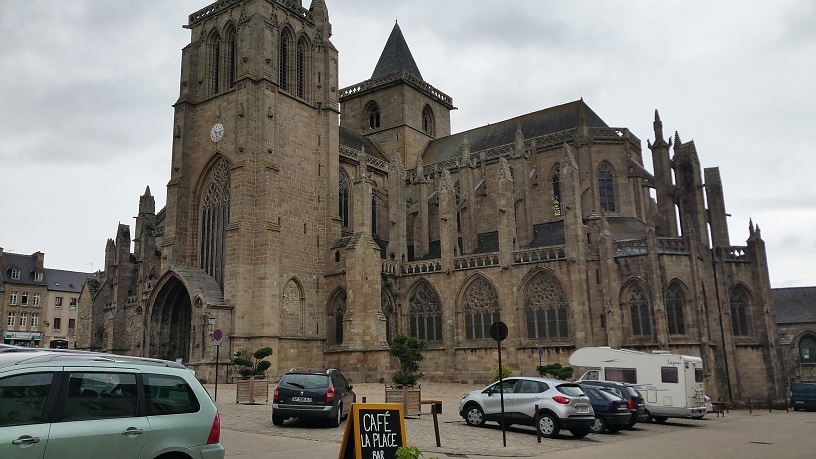
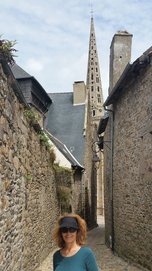


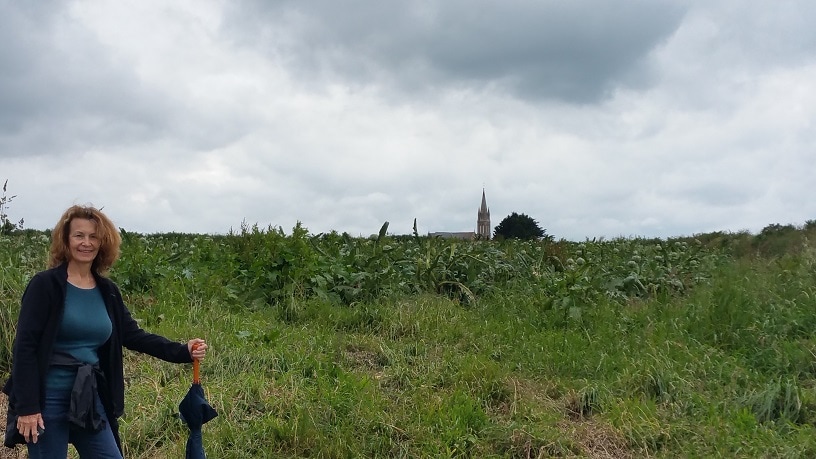
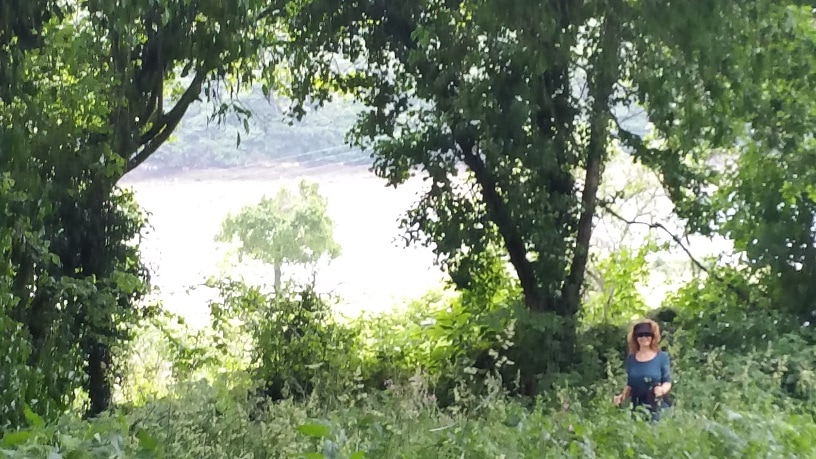


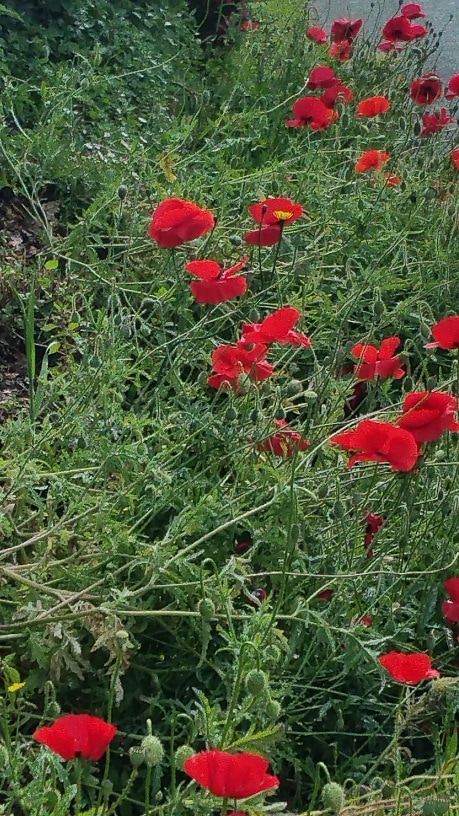
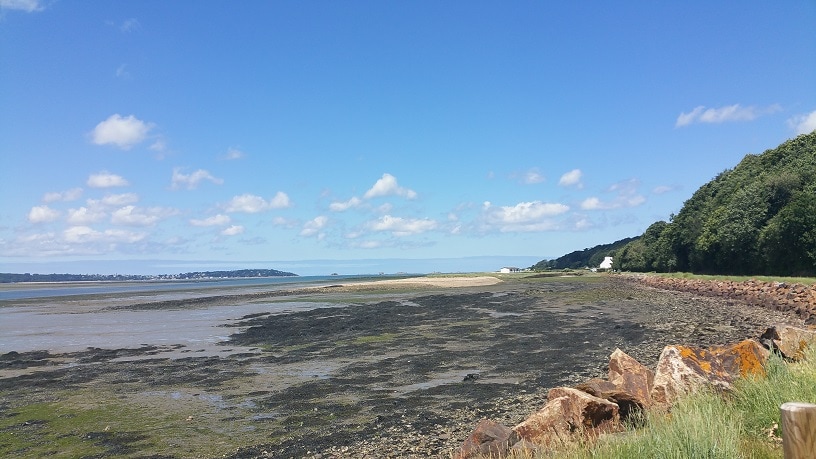
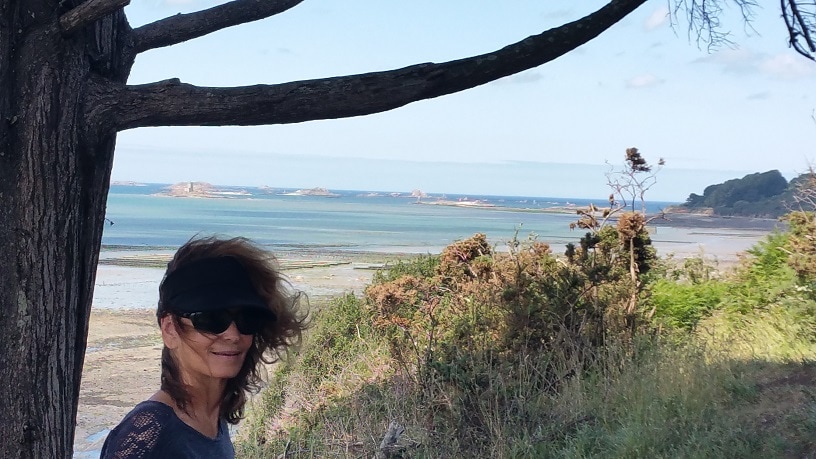

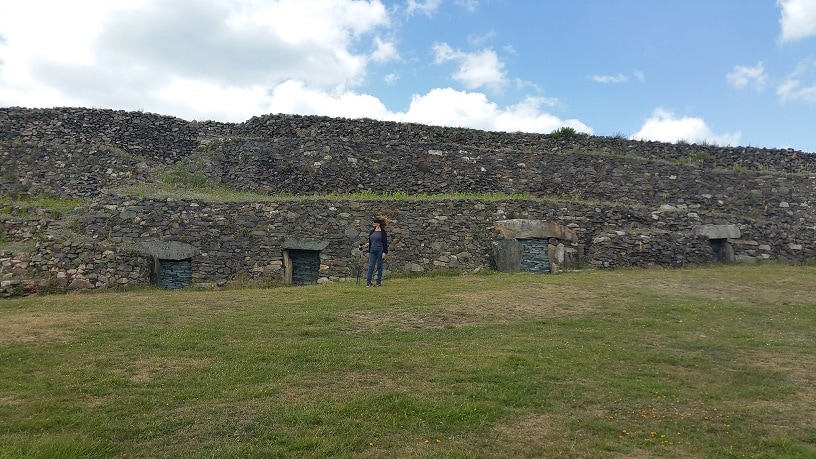

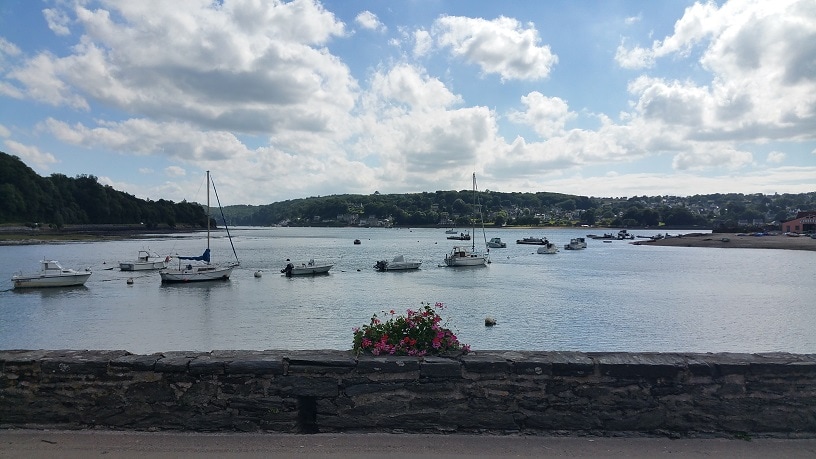


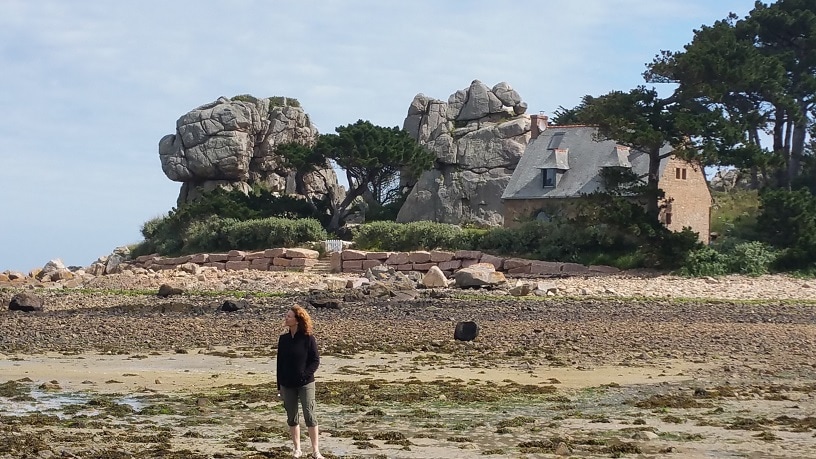
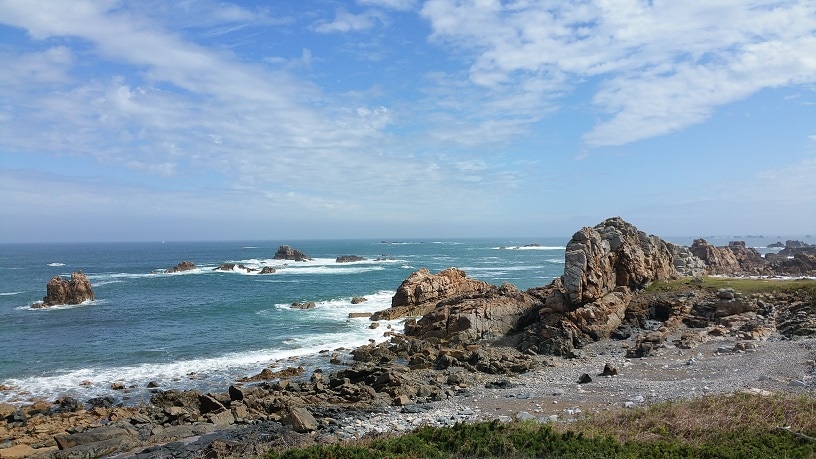


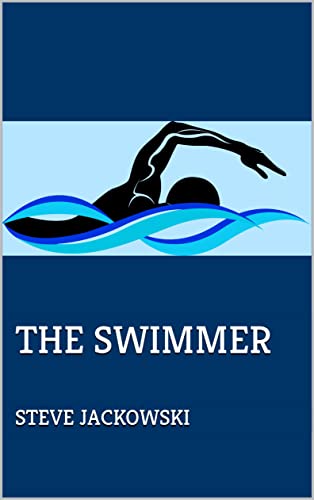
 RSS Feed
RSS Feed